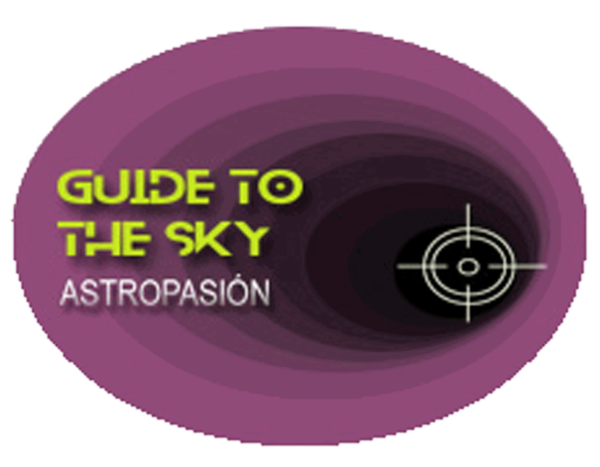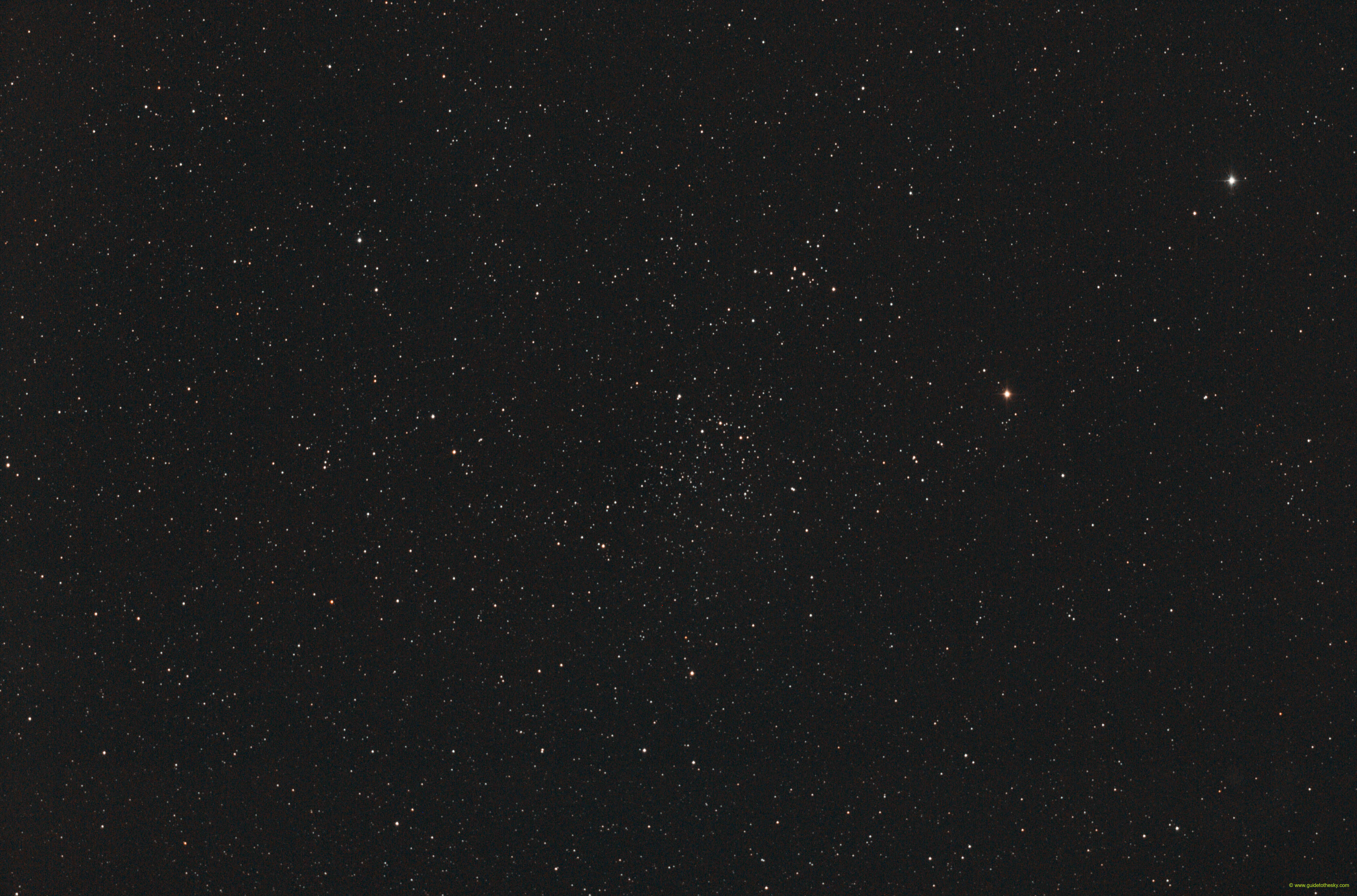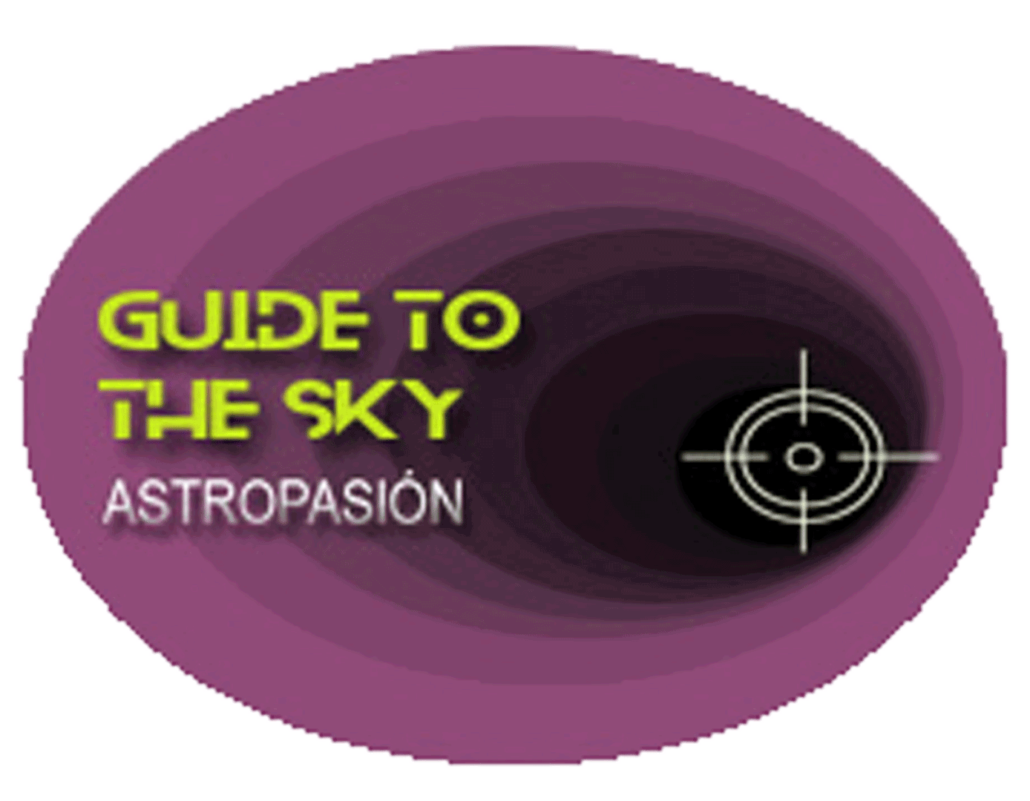NGC 1817 - Taurus
NGC1817 pertenece a la constelación de Taurus
NGC 1817 un cúmulo abierto en la constelación de Tauro, y forma junto con NGC 1807, un cúmulo doble, aunque este carácter doble es solo de perspectiva.
NGC 1817 está a más de 6000 años luz de la tierra, tiene cientos de componentes de diversas magnitud, entre la 10 y la 14ª Magnitud, siendo la mayoría entorno a la 12ª. En cambio NCG 1817 es mucho más cercano, a unos 1300 años luz.
A diferencia del famoso caso de NGC 869-884 en Perseo, NGC 1807-1817 no están ligados gravitacionalmente.
NGC 1817 está a más de 6000 años luz de la tierra, tiene cientos de componentes de diversas magnitud, entre la 10 y la 14ª Magnitud, siendo la mayoría entorno a la 12ª. En cambio NCG 1817 es mucho más cercano, a unos 1300 años luz.
A diferencia del famoso caso de NGC 869-884 en Perseo, NGC 1807-1817 no están ligados gravitacionalmente.
NGC1817 - - en la IA
NGC 1817 is a young open star cluster located in the constellation Taurus. Here's a breakdown of what makes it interesting:
- Type: Open star cluster
- Constellation: Taurus
- Distance: Approximately 5,315 light-years (1,630 parsecs) from Earth
- Age: Estimated to be around 22 million years old, making it a relatively young cluster.
- Appearance: Contains a high concentration of bright, blue-white stars, characteristic of young, hot stars. The cluster appears somewhat flattened or elongated in shape.
- Messier Equivalent: It does not have a Messier designation (it's in the New General Catalogue).
- Physical Properties: It is gravitationally bound and contains several hundred stars.
Why is it interesting?
- Studying Stellar Evolution: Open clusters like NGC 1817 are excellent "laboratories" for astronomers to study stellar evolution. Because the stars in the cluster formed at roughly the same time from the same material, their differences in brightness and color mainly reflect their different masses and stages of development.
- Young Stars: As a young cluster, it contains a population of stars that have not yet evolved off the main sequence.
How to observe it?
- NGC 1817 is best observed with a small to medium-sized telescope. Binoculars can reveal it as a hazy patch of light, but a telescope will resolve the individual stars. Look for it near the ecliptic.
- The best time to observe it is during the winter months when Taurus is high in the night sky.
In summary, NGC 1817 is a bright, young open cluster that is a rewarding target for amateur astronomers and a valuable resource for professional astronomers studying star formation and evolution.
Más información sobre NGC 1817 en NASA/IPAC.
Mapa alrededor de NGC 1817
Otros identificadores de NGC1817:
"C 0509+166" ,"NGC 1817" ,"[KPR2004b] 64" ,"Cl Collinder 60" ,"[KPS2012] MWSC 0484",


